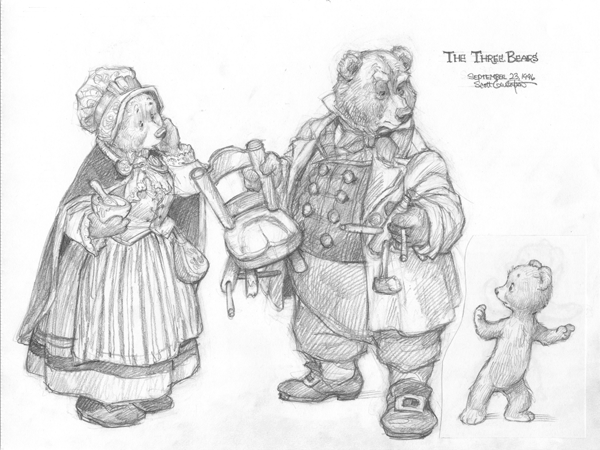10, 20, 50, 100 or 1,000; what’s the perfect size for an agency?
Client / Agency relationships, by David Hunt
178, the size of HAVAS LYNX. Ask anyone that manages an agency of 178 & they will say the same – it’s perfect. I imagine that in a few weeks 181 will be even more perfect.
For years we were perceived as being too small. Now we are too big to be innovative, yet still too small to be a player?!? I disagree with both opinions.
Innovation & creativity is not about headcount. Never has been, never will be. It’s about people, passion & culture. With a background in digital, technology & creativity, I was appointed CEO at the age of 33. I’m driven by ideas & not numbers. Supported by a management team that believes in great work, we now invest in more diverse expertise, try more unique technologies & chase more ideas than ever before. We are constantly looking for new concepts for ourselves, for our clients, for HCPs & for patients.
Can you be small, commercially motivated & technology agnostic? With the correct approach and the right people, perhaps. However, are you more likely to settle with the specialist you shared lunch with, or the unknown you still need to locate? With a big agency comes diverse expertise under one roof, providing seamless access to broad ideas. But can you be big & still bright? Certainly, but only by breaking down silos & embracing diversity. Different experiences, points of view & interests inspire innovation.
Like the story of Goldilocks, some agencies are too big, some agencies are too small, and some agencies are just right – it depends on your taste.

Another strange question – do you have enough capacity? Does a prospective customer really want an agency that’s quiet? I’ve never walked into an empty restaurant, however if it’s heaving I want a reservation – evidence suggests that the product will be great. Do you want a partner that is free, or do you want a partner that is expert? A well run agency will have the infrastructure, process & connections to scale smartly and meet the fluid needs of their customers.
I’m proud to say that we are very big and we are very busy. And our clients choose HAVAS LYNX for our ideas, innovation & ability to exceed expectations, and we are grateful for their patronage.
